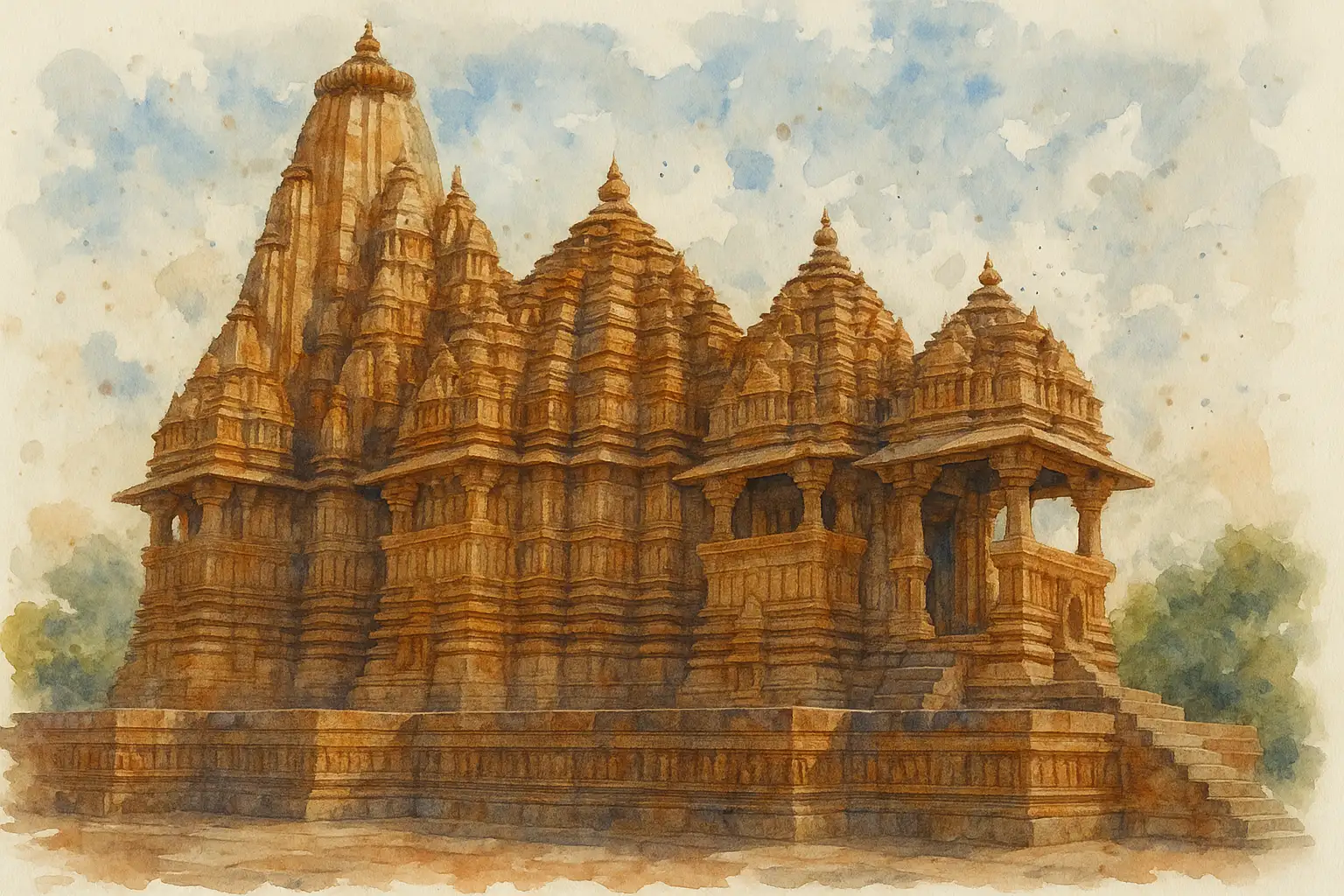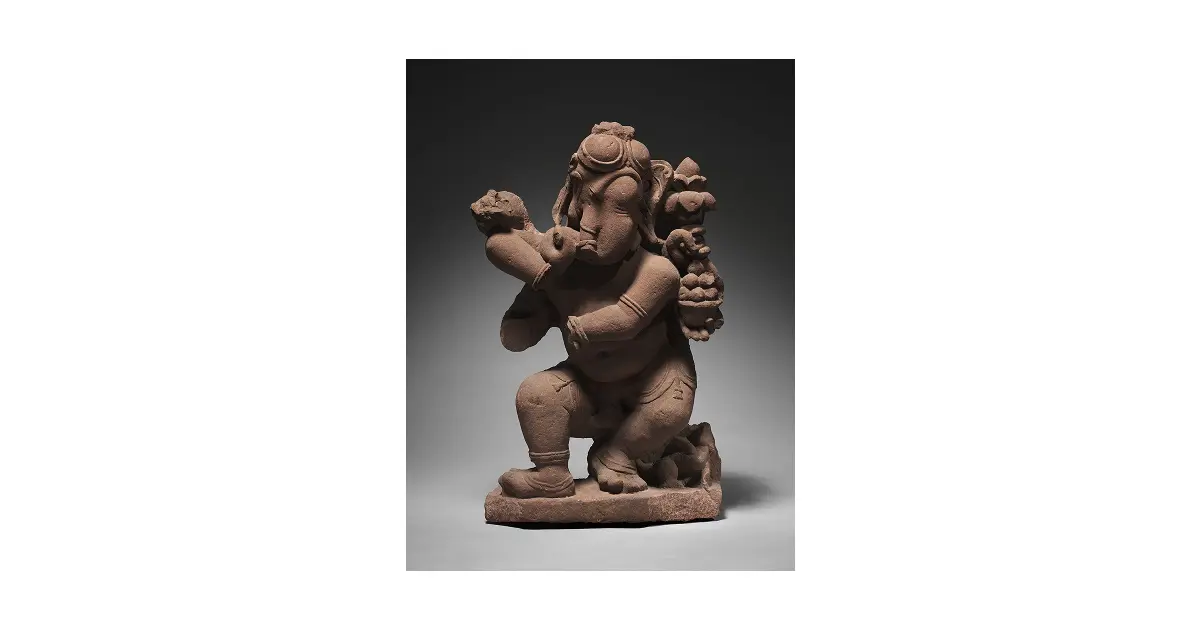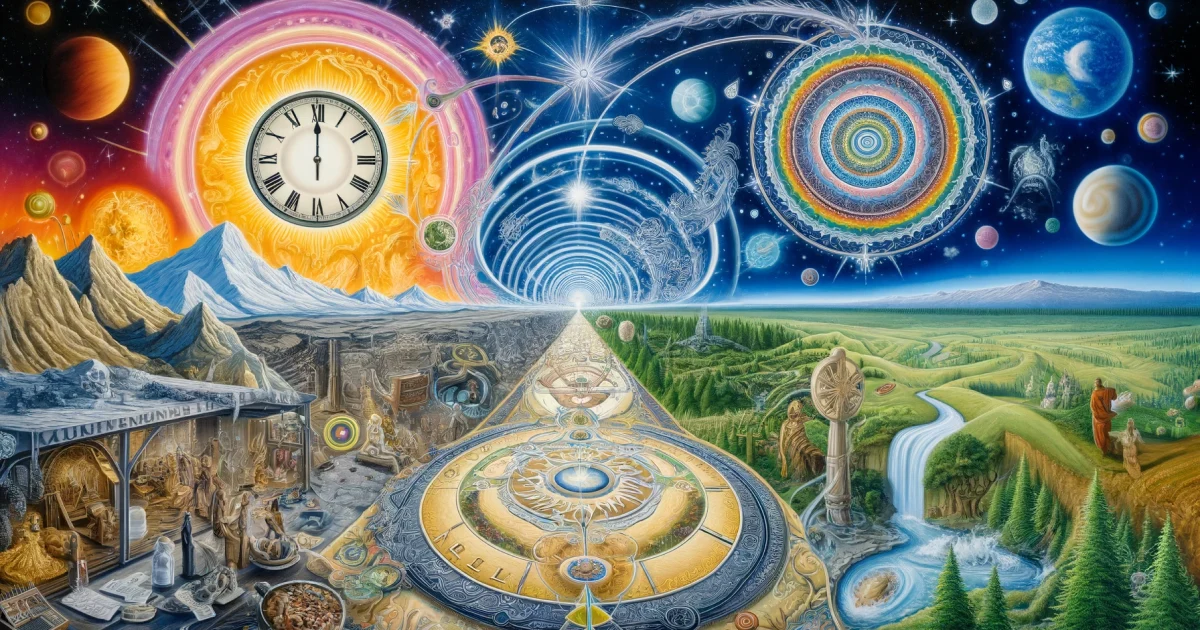The Goddess Tripurā and the Tripurasundarī Tradition
An exploration of the myriad forms of Tripurā—from the aniconic Śrīcakra to her radiant, corporeal manifestations —situating the Goddess’s iconography and theology within the Tripurārahasya and other traditions.

Sign up to read this article
This article is part of our member only exclusive access.
Upgrade to get full access to this article by Sai Priya Chodavarapu and other membership benefits
About the Author
Sai Priya Chodavarapu
Sai Priya is a doctor by training and currently a student of law. She often takes up freelance editing projects and is an independent researcher of Indian history, religion and contemporary issues. Her strengths lie at the intersection of law, policy and culture.
See all writings at Dhīti



